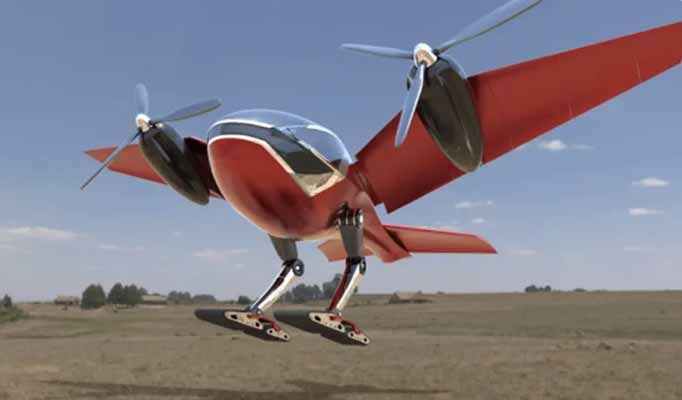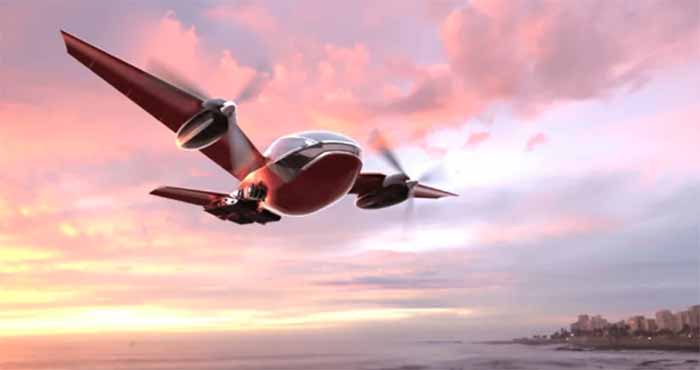
The image of the Macrobat tells you right away that the folks at Phractyl are up to something a little different. But their website makes it clear they’re up to something really different when it comes to modeling the aircraft after a bat.
“Just a good, old-fashioned (non-alphanumeric, no special characters) aircraft name,” they write. “Incidentally, bats are the only mammals that can fly and the Macrobat facilitates the flight of another type of mammal (badum-tish).”
Based in South Africa, the engineers are bringing a disruptive attitude to the already-disruptive eVTOL industry.

The proposed craft is a one-seater with a bulbous body and twin propellers. Written in a long poem, company video explains that the engineers have designed a wing that generates lift at low speeds, but added details cannot be revealed because the design is patent-pending.
A battery bank will power a pair of large propellers that push the Macrobat to 110 mph with a 90-mile range and a 330-pound carrying capacity. A pilot can either fly it or a ground operator can work it remotely as a drone in order to deliver passengers or cargo. The bases of the legs are tracks, like those you might find on a tank. That gives it some mobility, but limits its ability to taxi around the ground.

At departure time, both the body and wings tilt back to allow for what Phractyl calls “near-vertical” takeoff, which will make Macrobat the first eNVTOL, according to the company. The avian-looking legs then retract during flight. That design allows the Macroboat to take off and land on uneven surfaces.
The ability to land off road aligns with the Macrobat’s larger mission. Despite the company’s glib messaging, it’s a noble one: “To address Africa’s most critical transportation challenges,” which includes “the mobility of people and stuff to areas that are not easily accessible by land-based transport.”






